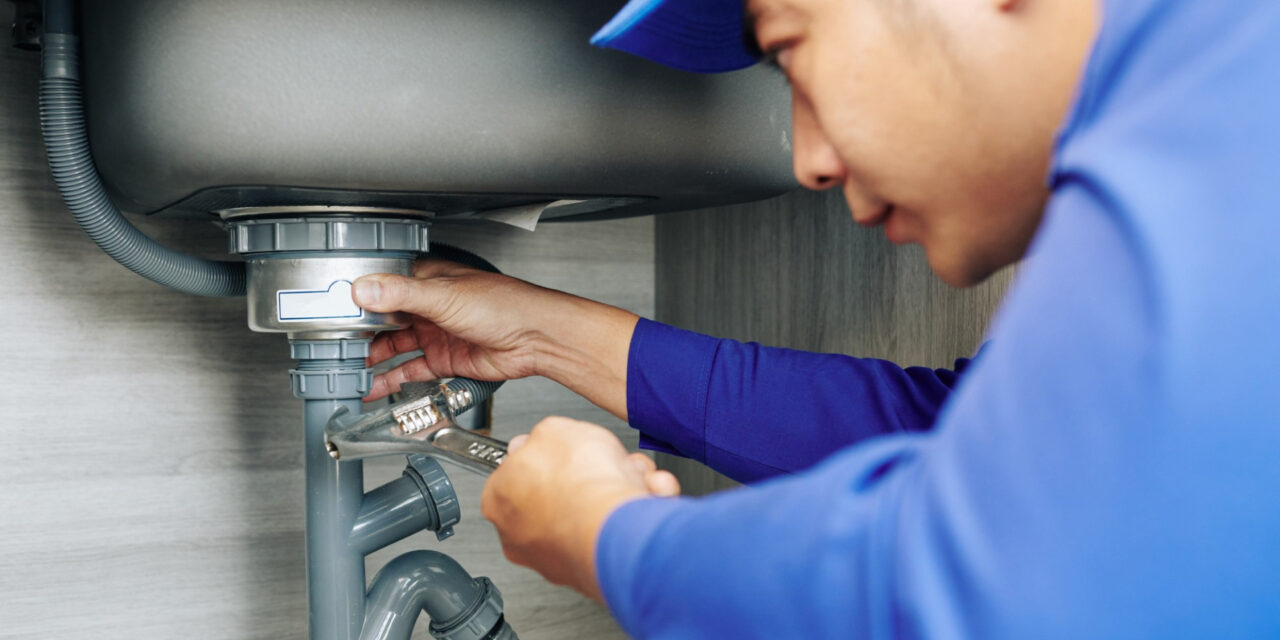How to Find and Repair Water Leaks-- A Comprehensive Guide
How to Find and Repair Water Leaks-- A Comprehensive Guide
Blog Article
Presented here in the next paragraph you can discover some professional answers when it comes to Hacks to detect leaks.

Early detection of dripping water lines can reduce a prospective disaster. Some small water leakages might not be visible.
1. Analyze the Water Meter
Every residence has a water meter. Checking it is a guaranteed way that helps you find leakages. For starters, shut off all the water sources. Ensure no one will certainly flush, make use of the tap, shower, run the washing equipment or dishwashing machine. From there, go to the meter as well as watch if it will certainly change. Given that no person is utilizing it, there should be no motions. That suggests a fast-moving leak if it moves. If you spot no modifications, wait an hour or two and also examine back again. This implies you might have a slow leakage that could even be below ground.
2. Inspect Water Intake
Analyze your water bills as well as track your water usage. As the one paying it, you ought to discover if there are any inconsistencies. If you detect sudden changes, in spite of your usage being the same, it suggests that you have leakages in your plumbing system. Keep in mind, your water bill ought to drop under the exact same range on a monthly basis. An unexpected spike in your costs suggests a fast-moving leakage.
At the same time, a constant boost each month, despite the same behaviors, reveals you have a slow leakage that's additionally slowly escalating. Call a plumber to thoroughly inspect your home, specifically if you feel a cozy location on your flooring with piping underneath.
3. Do a Food Coloring Examination
When it comes to water intake, 30% originates from commodes. Examination to see if they are running properly. Drop flecks of food shade in the container as well as wait 10 mins. If the shade in some way infiltrates your dish throughout that time without flushing, there's a leak in between the storage tank as well as dish.
4. Asses Exterior Lines
Don't fail to remember to check your outside water lines as well. Needs to water seep out of the link, you have a loose rubber gasket. One tiny leak can squander tons of water and surge your water costs.
5. Assess the circumstance and inspect
Home owners need to make it a behavior to inspect under the sink counters and also also inside cabinets for any type of bad odor or mold and mildew development. These 2 red flags indicate a leak so punctual focus is called for. Doing routine assessments, also bi-annually, can save you from a significant trouble.
Check for stainings as well as compromising as most pipelines and appliances have a life span. If you presume dripping water lines in your plumbing system, do not wait for it to intensify.
Early discovery of dripping water lines can minimize a possible calamity. Some tiny water leaks might not be noticeable. Examining it is a surefire way that helps you uncover leaks. One little leak can squander tons of water and also increase your water bill.
If you presume dripping water lines in your plumbing system, do not wait for it to rise.
WARNING SIGNS OF WATER LEAKAGE BEHIND THE WALL
PERSISTENT MUSTY ODORS
As water slowly drips from a leaky pipe inside the wall, flooring and sheetrock stay damp and develop an odor similar to wet cardboard. It generates a musty smell that can help you find hidden leaks.
MOLD IN UNUSUAL AREAS
Mold usually grows in wet areas like kitchens, baths and laundry rooms. If you spot the stuff on walls or baseboards in other rooms of the house, it’s a good indicator of undetected water leaks.
STAINS THAT GROW
When mold thrives around a leaky pipe, it sometimes takes hold on the inside surface of the affected wall. A growing stain on otherwise clean sheetrock is often your sign of a hidden plumbing problem.
PEELING OR BUBBLING WALLPAPER / PAINT
This clue is easy to miss in rooms that don’t get much use. When you see wallpaper separating along seams or paint bubbling or flaking off the wall, blame sheetrock that stays wet because of an undetected leak.
BUCKLED CEILINGS AND STAINED FLOORS
If ceilings or floors in bathrooms, kitchens or laundry areas develop structural problems, don’t rule out constant damp inside the walls. Wet sheetrock can affect adjacent framing, flooring and ceilings.
https://www.servicemasterbyzaba.com/blog/how-to-detect-water-leakage-in-walls/

As a keen reader about Leaking water lines, I was thinking sharing that excerpt was a good idea. Do you know about someone else who is interested in the niche? Please feel free to promote it. Thanks a bunch for your time. Come back soon.
Report this page